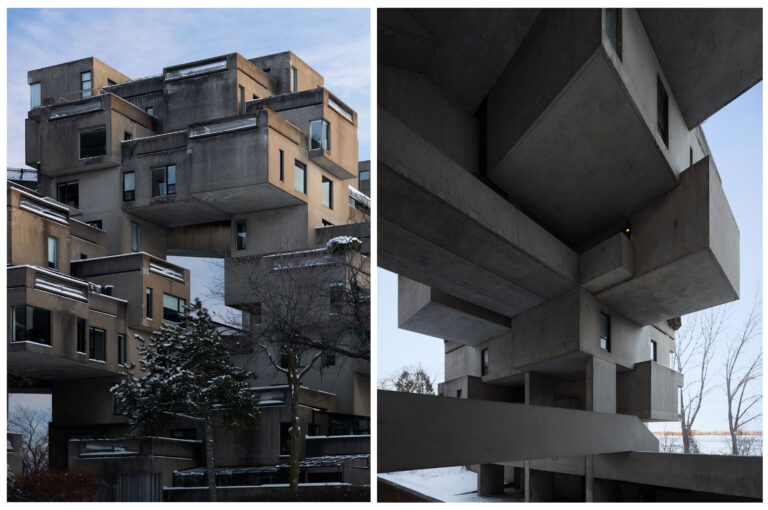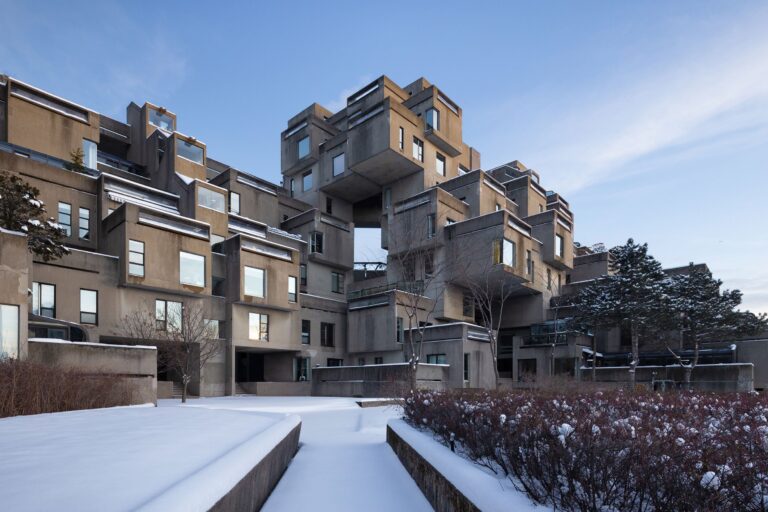Architecture Photography in Winter: Defamiliarization and Unique Perspectives in Snow
When we travel to new cities or countries, buildings and architecture are often top of the list of sights to see. However, seeing these structures up close often feels different from the images we’ve encountered online or in glossy magazines. This disconnect happens because traditional architecture photography tends to produce similar, standardized perspectives.
Over time, these repeated views create an objectified image of the building—one that doesn’t always align with the experience of seeing it in person. perspectives and each time in a point of view, creating a kind of objectification of that architecture.
Architecture Photography in Winter offers an entirely different experience compared to other seasons. The interplay of snow and light can transform even the most familiar buildings into extraordinary works of art. By capturing structures during this season, photographers can present a fresh perspective that challenges the standardized views commonly seen in other architectural images. Snow-covered roofs, frost-laden windows, and the serene silence of winter create a canvas that makes buildings appear almost otherworldly.
Understanding Objectification in Architecture
This “objectification” in architectural photography can impact both interior and exterior spaces. Don’t worry—we won’t go too deep into theory here! You might already be familiar with this concept. Think of it like going on a date after overselling a person in your mind. Similarly, You start imagining what it will feel like to stand in front of the Pyramids in Egypt or to experience the architectural genius of Zaha Hadid in person. But reality sometimes clashes with these preconceived images, especially when it comes to architecture.
Incorporating the principles of defamiliarization, Architecture Photography in Winter enables viewers to reimagine buildings in a new context. Snow acts as a natural canvas, softening harsh lines and highlighting subtle details that might otherwise go unnoticed. This seasonal shift allows photographers to bring emotional depth and narrative to their work. It also fosters a deeper connection between the viewer and the structure, turning an otherwise static image into a living, breathing story.

Being Creative Beyond Standard perspectives.
As an architectural photographer, I believe my work should go beyond capturing these standard perspectives and reflect all aspects of reality around my subject. It’s not just about replicating the designer’s vision or experiencing the space as a visitor but discovering unseen perspectives, unique points of view, lighting, and seasonal or weather conditions like snowfall. Of course, I control only some of these factors, while others rely on the client’s vision or the project’s design intent. But that’s exactly why I’m sharing this article—I believe the images we create are as valuable as the project itself. Architectural photos don’t just serve as portfolios for designers; they also capture a building’s place in the cultural and architectural history of a city or country.

What makes Architecture Photography in Winter so captivating is its ability to combine technical precision with artistic interpretation. The snow-covered landscapes, combined with low-angle sunlight or overcast skies, create dynamic contrasts and textures that are rarely seen in other seasons. This unique aesthetic transforms mundane cityscapes into captivating works of art. Additionally, winter conditions often emphasize the interplay between architecture and its environment, showcasing how structures interact with nature in ways unseen during warmer months.
Challenges Architecture Photography in winter
Working in the snow, however, is not easy—it’s pretty brutal! But capturing architecture in winter is an experience that stays with you for your entire career. Photographing a building during snowfall creates a sense of depth and a unique atmospheric effect that’s hard to replicate in other seasons. It feels as though the image holds something more, something almost intangible. It reminds me of those university days when I had a concept in mind but couldn’t quite express it.
When you revisit a building or place after a snowfall, you might not even recognize it! But act quickly—the snow won’t sit around beautifully for long. Captured at the right moment, a snow covered building becomes extraordinary, with nature itself enhancing the aesthetic. Snow can mask imperfections, giving the photo a clean, timeless quality. This effect, known as defamiliarization, is a technique commonly used in visual art to create new, unfamiliar perspectives of everyday objects. As an architectural photographer, I strive to avoid merely objectifying a building. Instead, I want my images to tell a story, each frame complementing the next and revealing unique angles that are often overlooked.
Harsh Weather Conditions
Photographers face biting cold, slippery surfaces, and unpredictable weather. Dressing appropriately and ensuring the safety of yourself and your gear is paramount.
I recall one particularly cold shoot where I was photographing a historical building just after a heavy snowfall. The freezing temperatures made every movement feel slow and deliberate, but the final images captured the serene beauty of the structure draped in white. It’s these moments that make Architecture Photography in Winter so rewarding—when you overcome the elements and create something truly memorable. The snow acts not only as a backdrop but as a transformative element, giving each shot a timeless, ethereal quality.
Equipment Care and Durability
Cold temperatures can drain battery life quickly. Using weather-sealed cameras and protective gear is essential for winter shoots
Recommended Equipment for Winter Photography
- Weather-Sealed Cameras and Lenses: Essential for durability.
- Extra Batteries: Cold weather drains batteries quickly.
- Tripod: Stabilizes shots in low light and slippery conditions.
Beyond aesthetics, Architecture Photography in Winter contributes to the cultural narrative of a building’s place in its environment. It captures how structures adapt to seasonal changes, offering insights into their resilience and integration with nature. Snow, as both a transformative and transient element, gives photographers a limited window to create something extraordinary. These images become not just documentation but part of the architectural legacy itself, offering future generations a glimpse into how these spaces coexisted with their surroundings.
Conclusion
Winter architecture photography is both challenging and rewarding. The snow brings new perspectives, defamiliarizing structures and creating unforgettable images. Embrace the season, and let your creativity shine through!
Visit the Nimkat Studio to see our other work samples.
